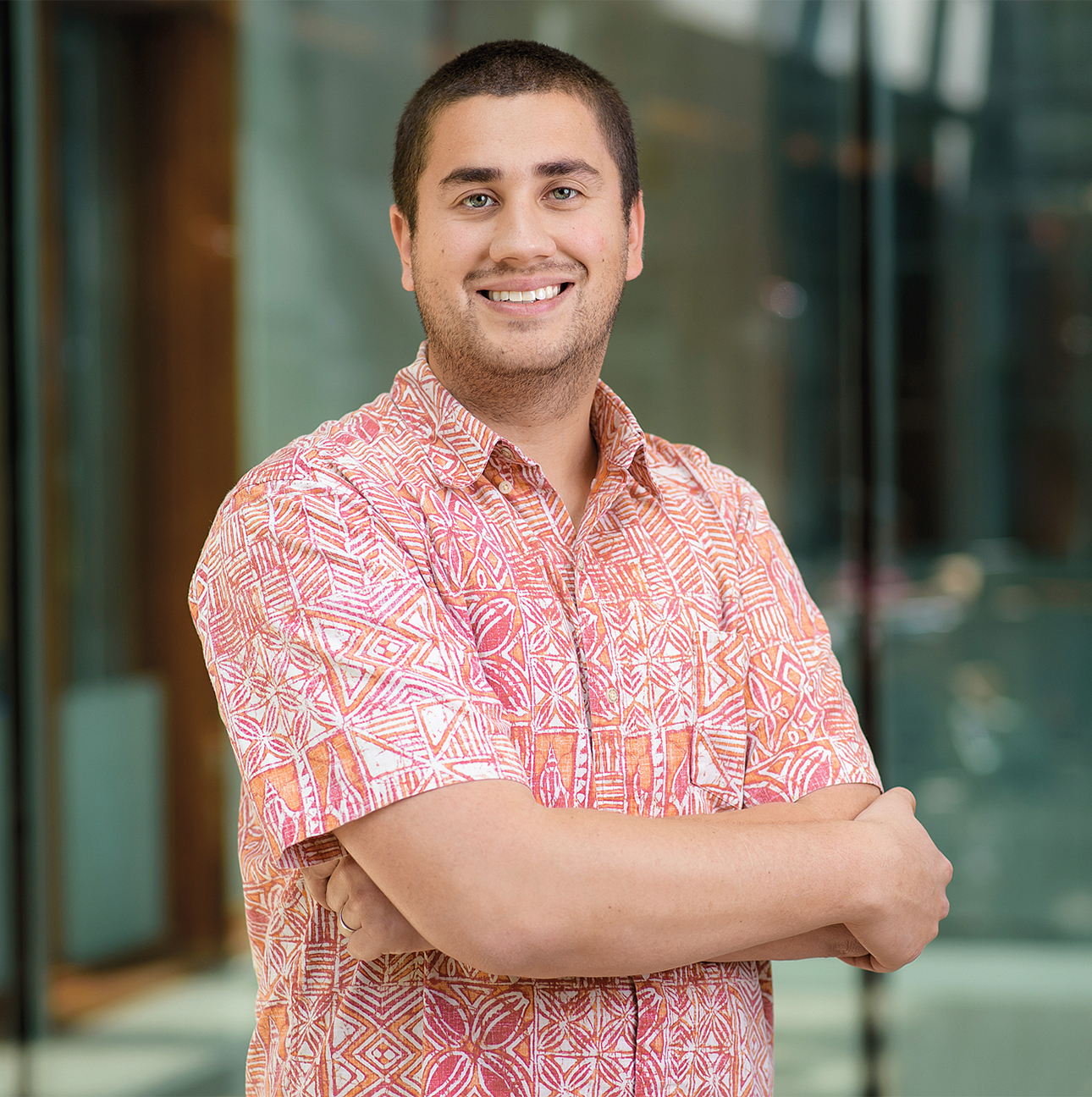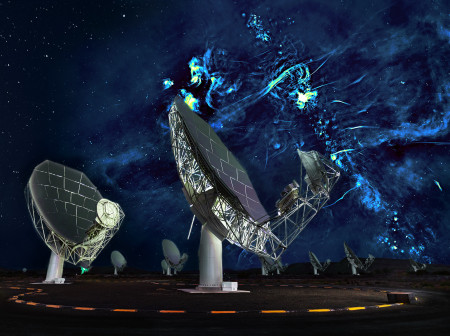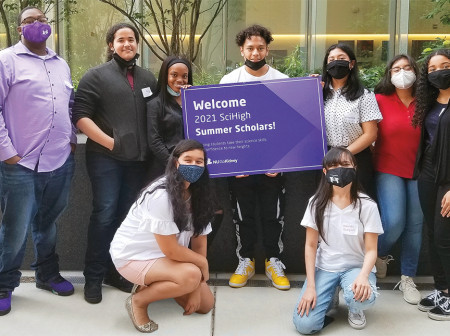Isabella Aiona Abbott (1919–2010) was the first Native Hawaiian woman to earn a PhD in science. A preeminent marine botanist, she was the first woman to become a full professor in Stanford University’s biology department.
I owe much to Abbott and other Indigenous trailblazers in science.
Unfortunately, she and I are rarities. I am one of the few Native Hawaiians in my field (computer engineering) on the faculty of a top U.S. research institution. Overall, Indigenous people in science, technology, engineering and mathematics are scarce. When I graduated with my PhD from Clemson University in 2017, I was one of only two Indigenous people out of 1,834 computer science doctoral degree recipients in the U.S. that year.
From pre-K through college, U.S. classrooms and curricula fail to include or celebrate Native people and Native science. As a result, an incredible wealth of knowledge is going untapped. Especially now, as human-caused climate change ravages our planet, the world urgently needs Indigenous scientists who can draw on the sustainability practices and knowledge of their ancestors. The world needs Native science to become the coequal partner of Western methods. Combined with modern instrumentation and data analyses, Native science can help provide a holistic path toward a sustainable planet.
Indigenous people’s representation in STEM fields must grow by leaps and bounds. Greater representation starts with recognition and respect for Indigenous history, including many painful episodes that are rarely, if ever, taught in schools. For example, the U.S.-supported overthrow of the Hawaiian Kingdom in 1893 caused a wound that has yet to heal. When a mentor of mine at Clemson sat and listened to me talk about this little-known history, I felt heard. That act of listening kept me working toward my PhD when all signs said I did not belong.
Reciprocity between Indigenous and non-Indigenous people — the two-way exchange of knowledge, data and methods — is also essential. Isabella Abbott’s life story offers a model. She grew up collecting limu (edible seaweed) on the shores of Maui with her mother, who taught her how to speak Hawaiian and cook traditional Native Hawaiian seaweed dishes. Years later, Professor Abbott would share her deep expertise in the Hawaiian names for seaweeds and their uses with her Stanford colleagues and students, diversifying the department’s teaching of marine botany.
Finally, the issues Indigenous people care deeply about — such as environmental degradation and climate change — must be seen as relevant to everyone. The Anishinaabe people of the Great Lakes region have seen their wild rice harvests reduced year after year, due to climate change and industrialization. Likewise, Hawaiians are confronting the devastating effects of ocean warming on reef ecosystems and fish populations.
The need to solve these challenges is why I became a scientist. Applied to practical aims, STEM can be a powerful complement to the Native science toolkit — and vice versa. I am using computer engineering to preserve and protect the ‘āina (land) and the people it sustains.
It is time to value the unique way Indigenous people experience the world. It is time to acknowledge how that experience yields many pathways to scientific knowledge. It is time for Indigenous representation in STEM to grow — not for its own sake, but to increase humanity’s chance at saving the planet that sustains us all.
Josiah Hester, assistant professor of computer engineering, is director of Ka Moamoa, a Northwestern research lab that builds tiny sustainable computing devices.




Reader Responses
Aloha nui e Josiah. My name is Kū Kahakalau, and I was privileged to learn from Aunty Izzy Abbott when I was working on my bachelor's in secondary education in Hawaiian language at University of Hawaiʻi at Mānoa in the 1980s. I absolutely loved your article and could not agree more. As the first person in the world with a PhD in Indigenous education, I am super excited about your work and would love to talk to you about ways we might interphase.
Mahalo nui, Kū
—Ku Kahakalau, Ph.D. Hilo, Hawaiʻi, via Northwestern Magazine
No one has commented on this page yet.
Submit a Response